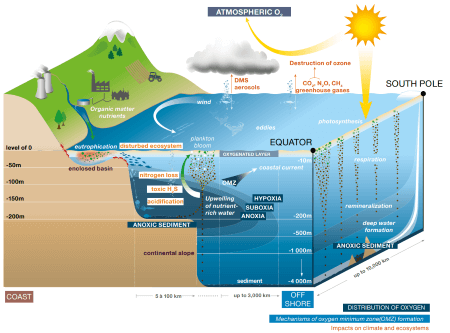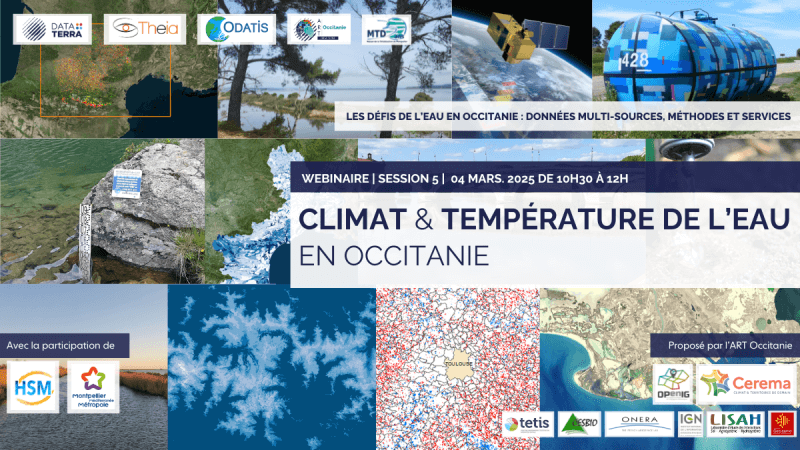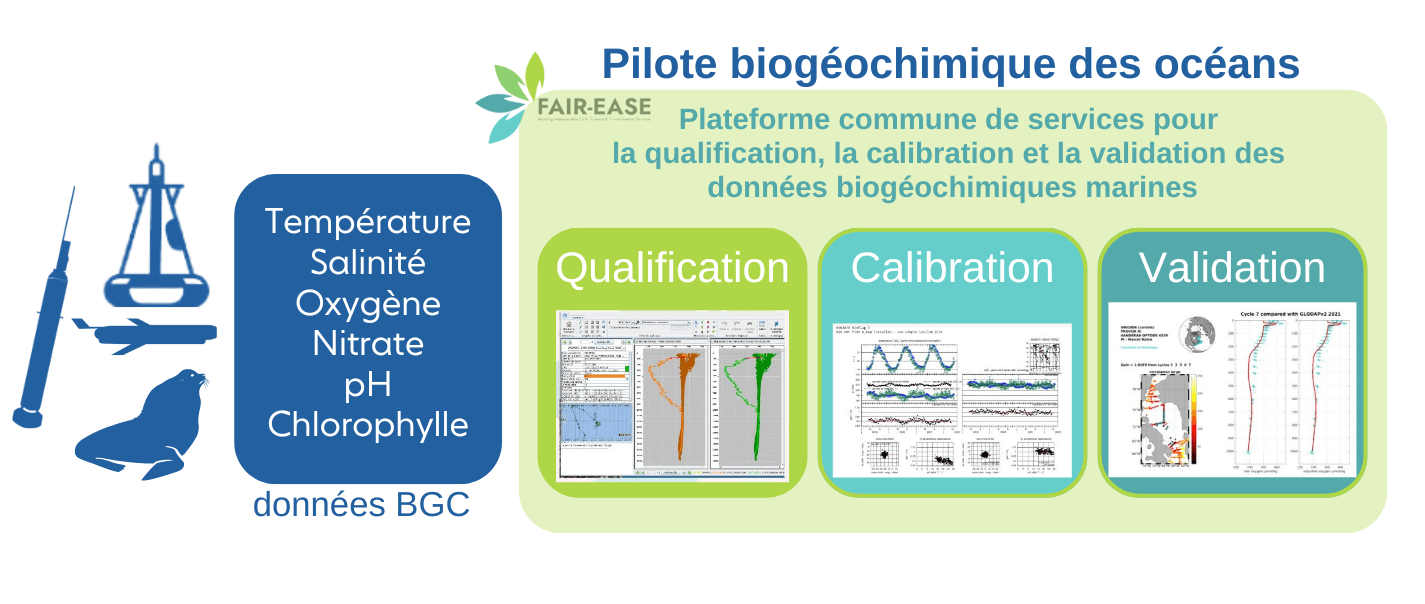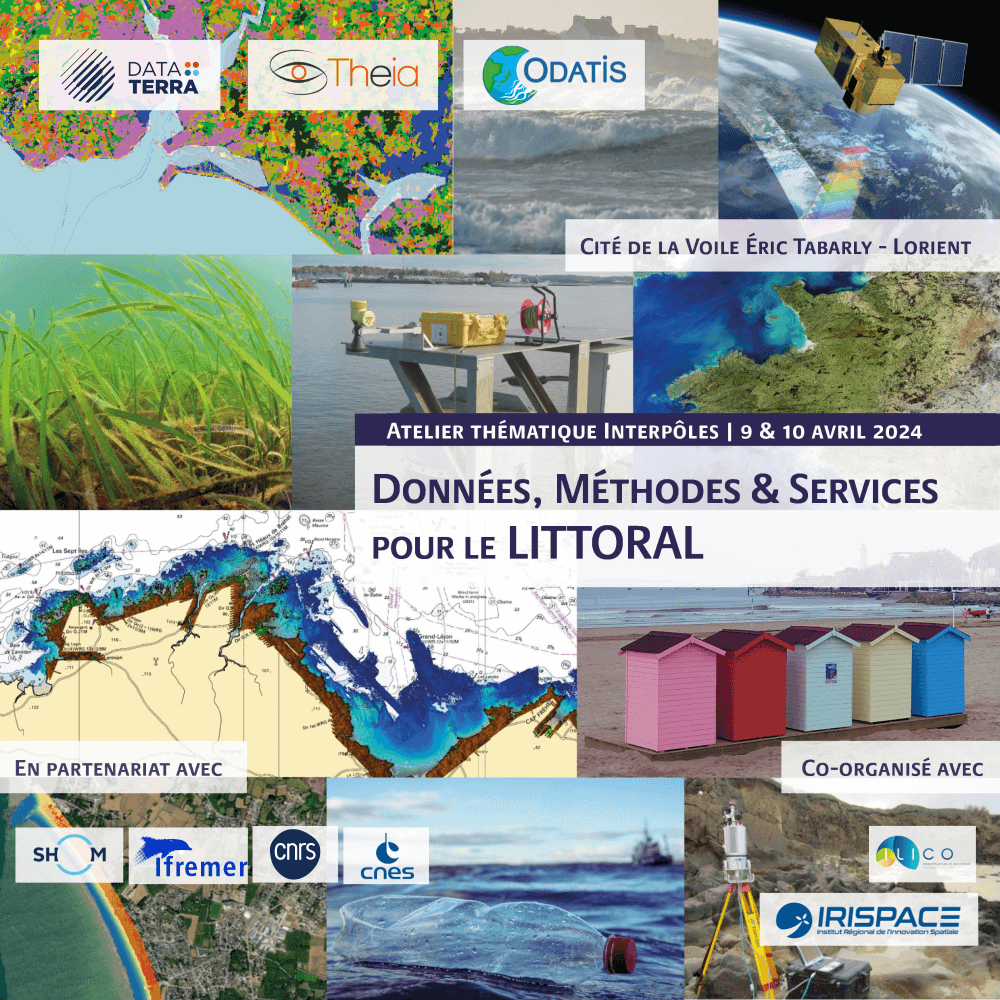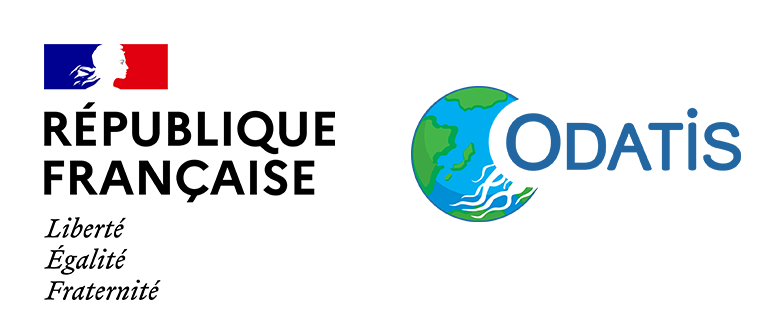Dernier webinaire de notre série ART Occitanie avec 3 intervenants sur les observations satellites et in situ pour mesurer et comprendre l'évolution…
Dissolved oxygen
Dissolved oxygen is the amount of oxygen present in water, available for animal and plant respiration and necessary for the proper development of biological species living in the water.
The oxygen cycle in the oceans provides half of the available air stock to all aerobic organisms on our planet. This dissolved oxygen comes from several sources. A biological source, with photosynthetic organisms that, through the photosynthetic mechanism, produce oxygen. These organisms are overwhelmingly represented by phytoplankton and photosynthetic bacteria such as cyanobacteria. Through this photosynthesis mechanism, the oxygen cycle interacts with the carbon cycle.
Oxygen dissolves by diffusion, up to a balance called saturation, which depends on several factors:
- organic activity: production of oxygen in the euphotic zone, oxygen consumption through aerobic respiration of animal species and degradation of organic matter;
- water temperature: cold water absorbs more oxygen than warm water;
- deep water formation and ventilation mechanisms, vertical transport at several scales (mesoscale and submesoscale) that transport oxygen and ventilate the ocean layers);
- Sea state at the surface (a turbulent surface increases the area of contact between the ocean and the atmosphere).
The distribution of oxygen in the oceans is not homogeneous whether horizontally, at the surface on the scale of the same basin or vertically along the water column. In some oceanic areas, sometimes very large, oxygen levels are very low and constitute Oxygen Minimum Zones, (or OMZ). When this oxygen level becomes even lower, we speak of Anoxic Marine Zones (AMZ). These areas are found in the tropics, the eastern Pacific and the northern Indian Ocean.
